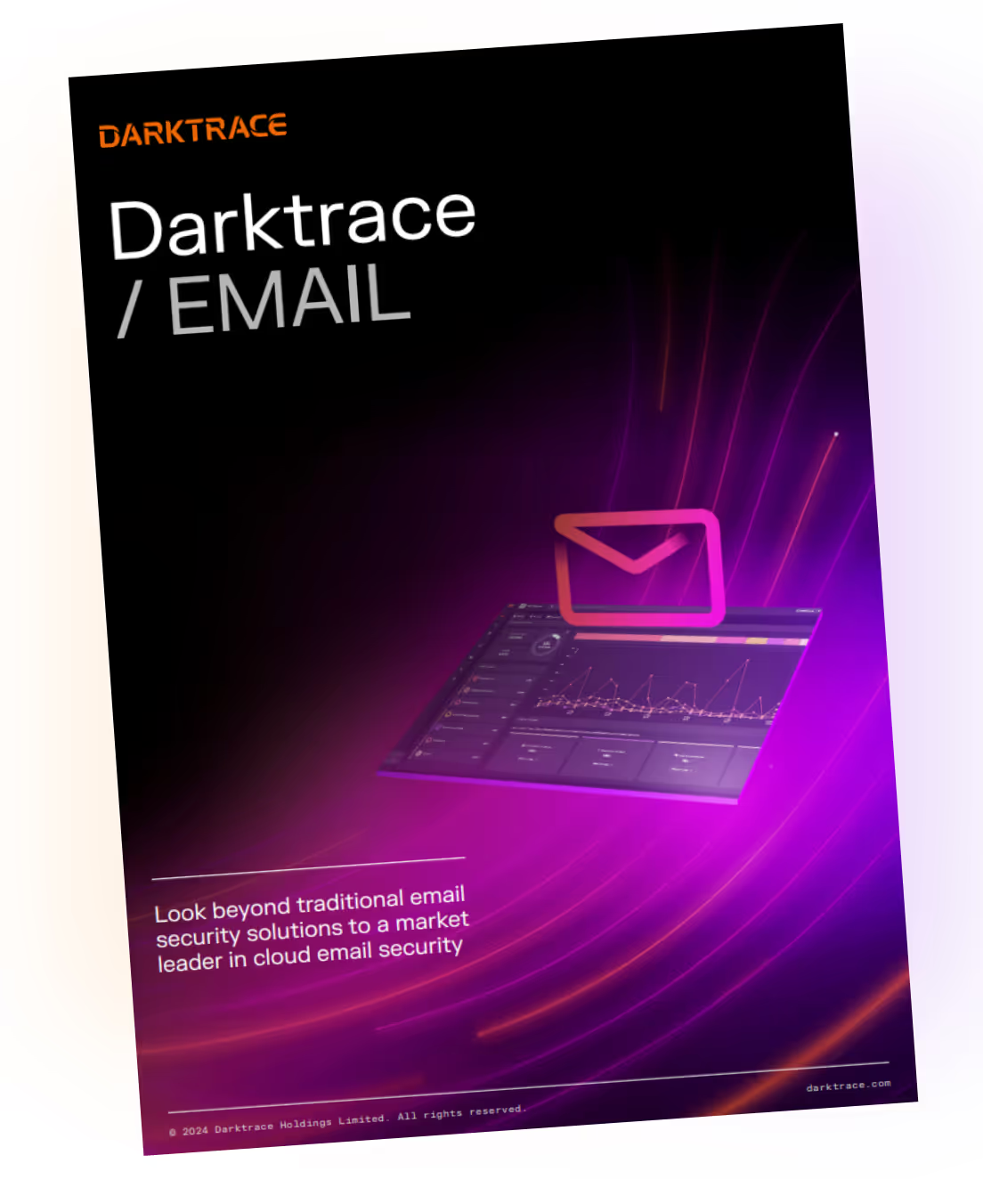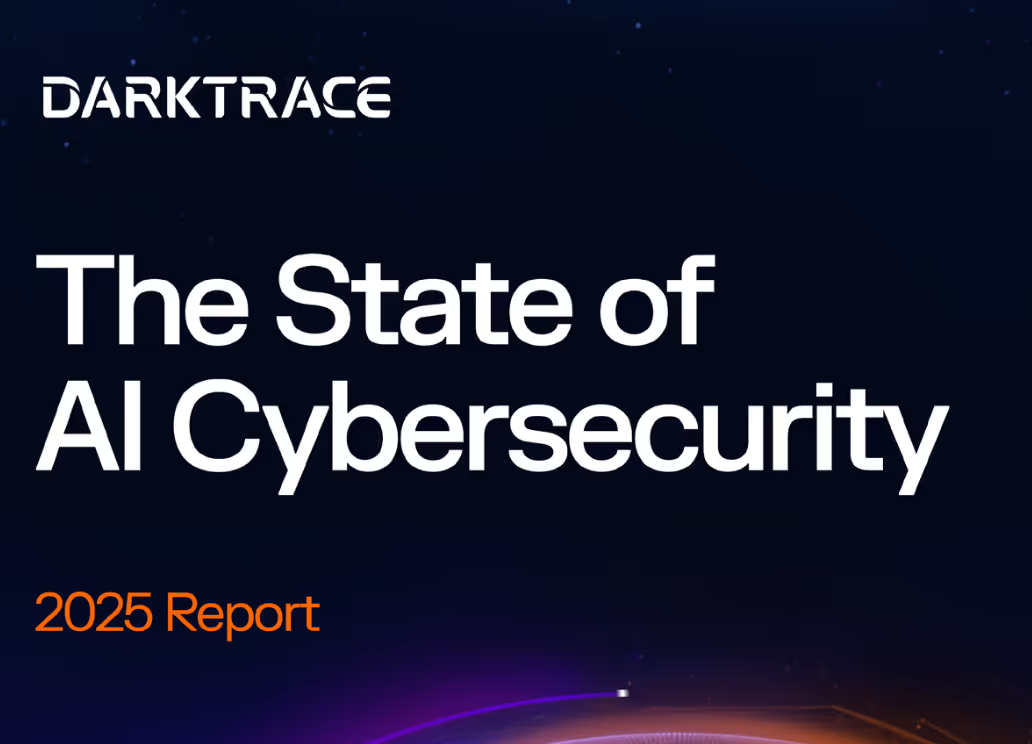What is CEO Fraud?
CEO fraud definition
CEO fraud is a form of impersonation where a threat actor will falsify their identity, acting as a CEO (or other executive) at an organization and attempt to communicate with other employees, such as members of the finance department. These attacks are mostly focused, but not exclusive to, financial gain and often involve urgent requests for the transfer of money.
CEO fraud vs business email compromise (BEC)
CEO fraud is a term often used interchangeably with BEC, however they have some distinct differences. BEC is a broader category involving several types of email-based fraud. It is likely to involve impersonation, but this is neither definite nor limited to executives. In many instances of BEC, an attacker may target low-level employees, clients, or partners in the supply chain. CEO fraud is a sub-category of BEC and involves explicit impersonation of high-level executives.
In general, most cases of effective BEC and CEO fraud involve social engineering meant to elicit an emotional reaction in the victim and get them to impulsively send sensitive information, cause disruption, or transfer funds without considering the sender’s authenticity.
What are the challenges organizations face with CEO fraud?
Social engineering
CEO fraud is a form of social engineering. Social engineering is a group of techniques used by cyber-criminals to manipulate people by appealing to emotions. This can be done by masking as legitimate parties, targeting vulnerable individuals, building trust with a victim, creating a sense of urgency in a message, and more. Social engineering can be used to enhance phishing, smishing, spoofing, or other cyber-attacks that target human error. Because humans are susceptible to trusting other humans, the goal of social engineering is to present the victim with a seemingly legitimate situation.
Human error
Employees might not be equipped with the proper knowledge to spot a sophisticated cyber-attack. New employees particularly can fall victim to a socially engineered phishing scam like CEO fraud and accidentally leak sensitive information or account details.
Financial loss
If a CEO fraud attack is successful, the victim party could suffer severe financial loss and reputational damage. Similarly, an organization can face legal consequences for having data and valuable client information leaked to the attacking party. Finally, a breach in the system will often result in a halt of business operations, costing organizations significant financial loss.
How can organizations identify CEO fraud email scams?
Identify potential attack paths
Organizations can identify the most vulnerable attack paths which an attacker might use to infiltrate an organization. To prevent CEO fraud, ensuring that all employees conduct security awareness training that addresses CEO fraud will bolster an organization’s overall security posture.
Zero trust
Having a zero-trust approach to your security (such as providing multi-factor authentication) will help in the case of account compromise and other potential threats to business accounts. A zero-trust model implies no digital activity should be trusted and that all access and digital activity need to be continuously validated through authentication measures and controls.
Test attacks
Security teams can run simulated phishing attacks to judge their overall security posture and employee awareness. This will also help identify potential attack paths potential for human error in their organization.
What is the difference between scam and fraud?
In general, scamming constitutes an event where a transaction is made with a victim’s knowledge, but without their understanding of the consequences. In instances of scam, a victim may be tricked into soliciting information or transferring funds knowingly. In the case of fraud, purchases or other malicious activity is conducted without the victim’s knowledge.
For example, an employee might be scammed by a successful CEO fraud attack if a cyber-criminal poses as the CEO of their company and the victim sends them funds or sensitive data. In this scenario, the victim had knowledge of the funds being sent, but was tricked by the falsified credentials of the attacker.
What are some common indicators of CEO fraud phishing attacks?
Common indicators of a CEO fraud attempt include suspicious links or attachments in emails, misspelled words or unusual grammar, requests for sensitive information, and urgency or threats to act quickly.
Email Security Vendors: Darktace’s Approach to Email Security

Darktrace's revolutionary approach to email security doesn't rely on insights gleaned from past data. Instead, it develops in-depth insights into the usage patterns of each setting and user.
By analyzing this information, Darktrace / EMAIL can quickly detect, flag, and address deviations. Our leading AI technology develops a typical usage profile for every user, which includes their relationships, link-sharing patterns, tone and sentiment, content, and more.
Darktrace / EMAIL stops sophisticated security risks to businesses through email fraud, such as generative AI attacks, data loss, supply chain attacks, account takeovers, BEC, and ransomware, by understanding the human behind email communications instead of just basing strategies on past attacks.
Try our free demo or find out more about Darktrace / EMAIL in our Solution Brief.
























